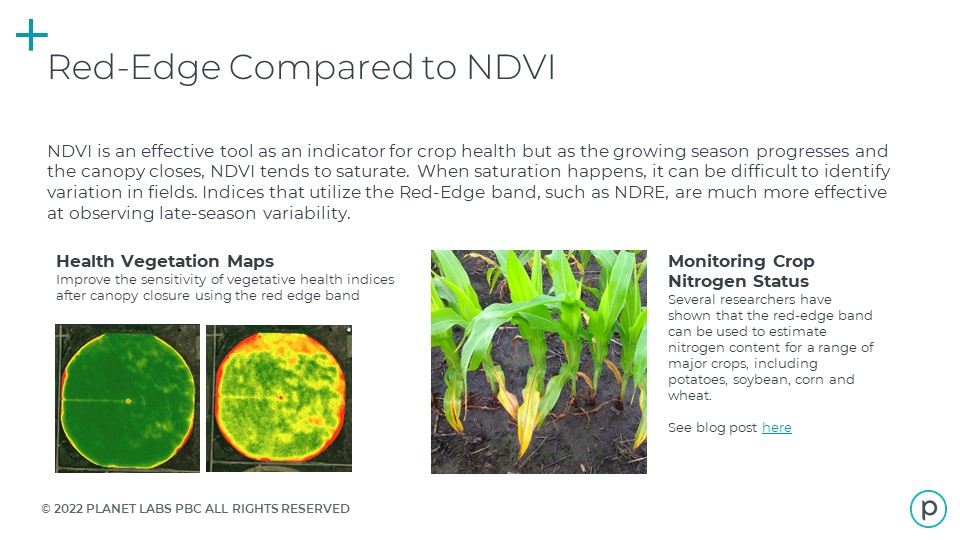Trends in New Molecule Development: How Crop Protection Companies Are Delivering Innovative Solutions
Bringing new active ingredients (AI) to market is a lengthy, expensive, and challenging process … and each decade, the costs and time increase, writes Nicole Wisniewski at AgriBusiness Global.
Every product that reaches the market today costs approximately $286 million and takes 11 years of research and development (R&D) to ensure the highest safety and efficacy standards, according to a 2016 report by Phillips McDougall, commissioned by CropLife International, CropLife America, and the European Crop Protection Association.
That’s an increase of 55% since the turn of the century.
It’s no surprise that, as a result, the pace of new product introductions based on new AIs has tapered off in the last several years.
While the number of AIs companies bring to market decreases, regulatory challenges continue to mount. The process might not be getting any easier, but companies are continuing to invest, driven by one major goal — safeguarding yield.
According to the Food and Agriculture Organization, farmers will have to feed an estimated 9.7 billion people by 2050, requiring a productivity increase of 50% over the next 20 to 30 years, while also tackling climate change and protecting finite natural resources.
“We must use everything in our toolbox, including new crop protection products, new seed varieties, and new digital tools,” says Dr. Juergen Huff, Senior Vice President, R&D Crop Protection at BASF Agricultural Solutions. “Our innovation target is to help farmers achieve not only more, but better yield — yield produced in ways that meet the demands of future generations.”
The regulatory landscape continues to become trickier to navigate for businesses trying to collect farmer input and rapidly create and deliver the products they need. This is in large part because of much stronger scrutiny of each AI’s environmental impact.
Read more at AgriBusiness Global.





